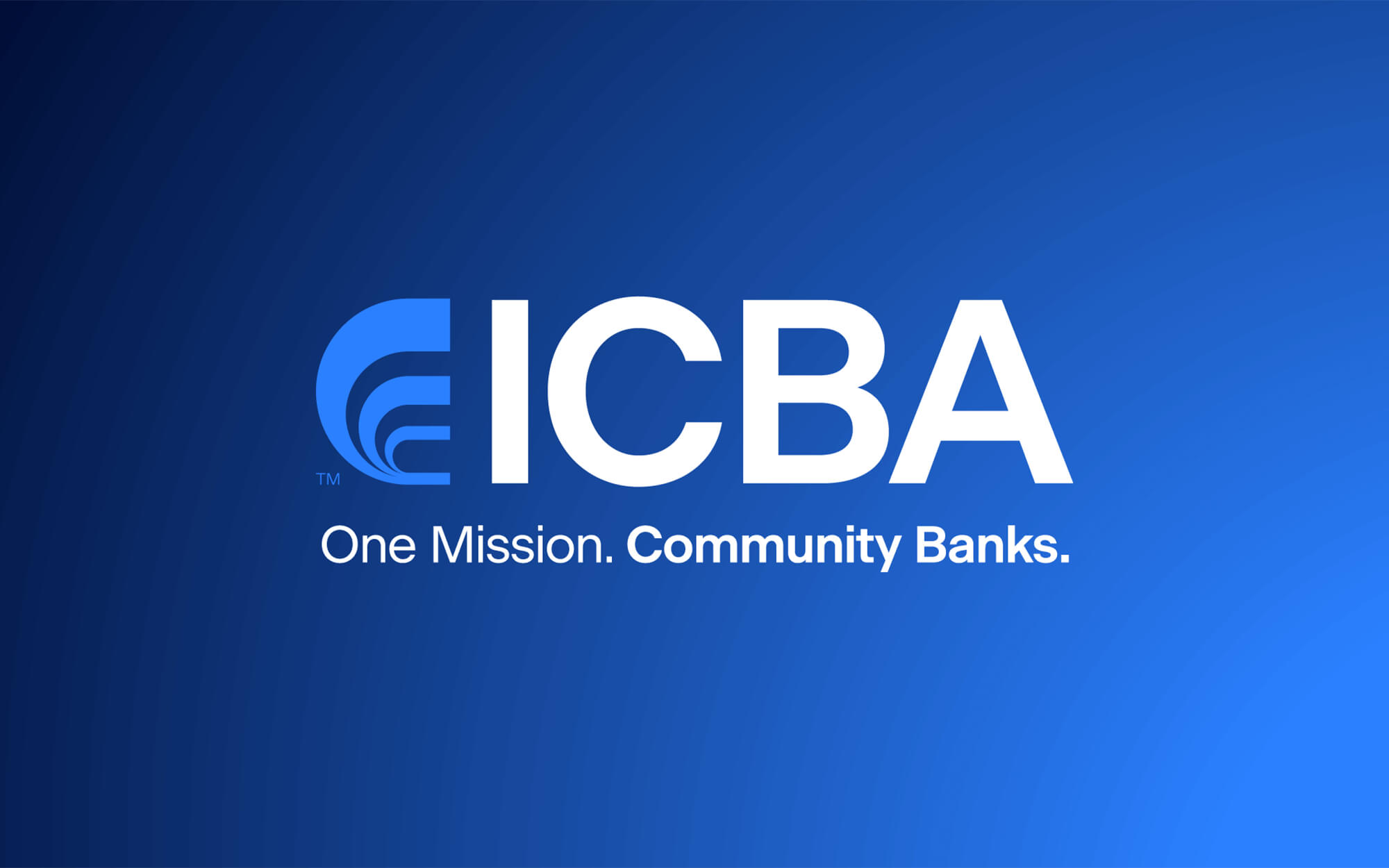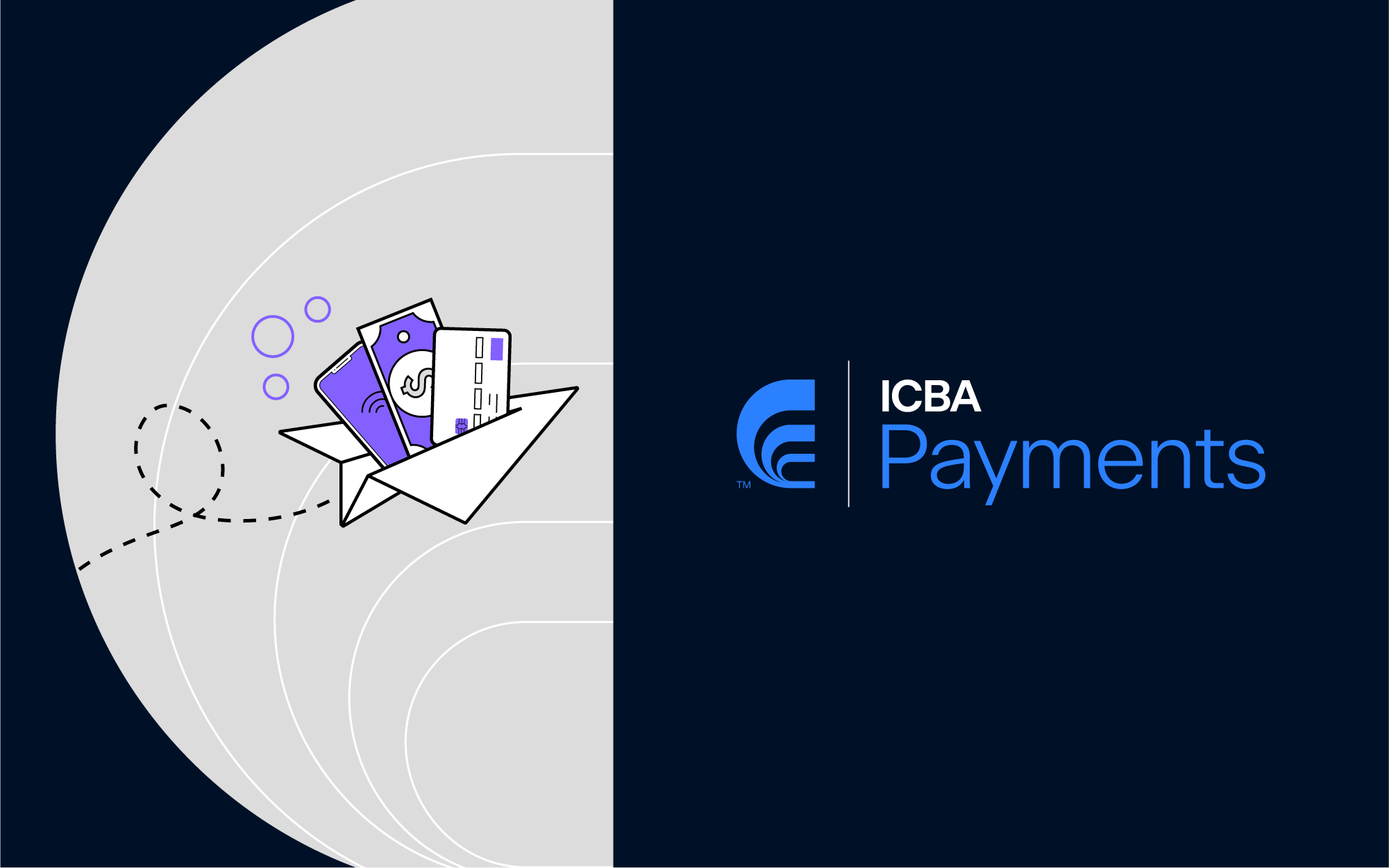By Rebecca Kruse
Artificial intelligence is a hot topic across all lines of business in all industries, and banking is no exception. How an institution views AI’s place in its organization varies from one bank to the next.
Big banks are leveraging AI to enhance their digital platforms or augment customer service interactions. This may not be a priority among community banks, but most banking executives agree AI can be used effectively in enhancing operational efficiency, fraud detection, and loss prevention.
Can AI Predict Delinquencies Before They Happen?
Although we can never be certain when an economic downturn will occur, it is especially difficult to predict post-recession. As the United States experiences the longest expansion in recent history, many economists believe the U.S. economy is long overdue for a contraction.
When an economic decline occurs, credit card delinquencies will rise. In anticipation, many banks and solution providers have their eyes set on AI to help predict delinquencies.
The use of AI to predict cards-at-risk of delinquency is still in its infancy. At a high level, AI prediction will analyze individual cardholder interactions, transactions, and payment behaviors; consider economic factors; and identify cards-at-risk.
This concept is different from data mining models, business rules management systems, and machine learning in that each card has its own unique profile. The other prediction methods mentioned group cards together based on a rule set or model as opposed to maintaining an intelligent report of an individual card.
Not only can AI identify cards at risk but can also make a rational decision should action be required. AI can communicate with a cardholder, adjust limits, close a card, or take other appropriate actions. It’s as if a banker could become an expert on every card relationship and intervene when needed.
Preparing for AI
Community banks must become educated about AI to evaluate whether to leverage the technology. Often, various types of technological learning systems are grouped together and labeled AI, but it is important to understand the differences between them.
The PYMNTS.com playbook, How FIs Are Using Artificial Intelligence and Machine Learning is a good start. Also keep an eye on this year’s ICBA ThinkTECH Accelerator 2.0 cohort; several participants are working hard to bring AI to community banks.
Rebecca Kruse is executive vice president of operations at ICBA Bancard and can be contacted at Rebecca.Kruse@icba.org or 202-821-4316. LinkedIn: www.linkedin.com/in/rkruse41/







